We get lots of questions about electric cars around here. Some of them are interesting, some of them are baffling, but this one had us all typing up a storm in the Slack channel!
There’s a lot in there, so let’s unpack the question bit by bit.
Will I need to buy a new EV every year?
When we talk about EVs in these terms, we’re obviously comparing them to a certain phone and tablet manufacturer that likes to bring out new and improved versions of its most successful product every year. That means that—if you want to be seen as a cutting-edge, early-adopter type of person—you’re buying a new one every year or so. And, for a long time, cars have gone a different way, with mild refresh updates every two to four years and major redesigns coming along every 8-10 from even the most aggressive car brands. Cars are much more expensive to get ready for market than phones or tablets or laptops, too—mainly because you don’t have to go to the trouble and expense of crash testing any of those things!
So, short answer: no. You won’t have to buy a new “i-device” car every year. I mean, at least not until the i-people make an i-car or something.
What are the maintenance needs on an EV?
Gas or diesel-powered cars usually get an oil change every five-ten thousand miles and a more comprehensive service or tire rotation every other time they visit the shop. Even though an electric car doesn’t use engine oil, several of the same maintenance and wear items traditional car-buyers are used to spending money on are still there. You’ll want to check and rotate your tires, for example—you’ll also want to check those brake pads, replace windshield wipers, and ensure that any other fluids in your car, like coolants and transmission fluids (where applicable) are in good shape at least once a year.
Put the EV in the context of an app, though, and you can probably guess the next thing I’m going to talk about: software updates. Updating the software in your car might be a new experience for many buyers, but—like that i-device!—you’ll want to make sure your car is running the latest version of the company’s software to ensure that all the latest active safety features and battery-saving coding tricks are being put to their best use, keeping you safe and saving you money at the plug!
What about the battery—can I replace it or upgrade it when it gets old?
On your i-device? Very probably not, and that seems to be OK with most people. I mean, when was the last time you changed the battery on your smartphone? I think, for me, it was sometime back in 2011. On your car, which you’ll probably keep for several years and cost many, many times more money than your i-device, however—well, it’s a much more important question to consider, right?
As we’ve already learned with hybrids over the last twenty-plus years that batteries like this have been in mass production (that’s not a typo, the Toyota Prius first went on sale in 1998), these batteries have a longer shelf life than many people anticipated, with many Tesla Model S cars (one of the first “pure” EVs bought in large numbers) already having crossed the 300,000-mile mark while maintaining serviceable battery life. Other early EVs, like this Nissan LEAF, have also crossed the 150,000 mile threshold without needing a new battery.
How quickly is the technology changing? Will I want a new EV every year?
Technology is always changing, and those changes have more value to some people than others. If you are truly set on having the latest self-driving, active-safety, go-fast insane purple paisley mode technology money can buy, however, a number of companies are offering a subscription model similar to what you can get from—you guessed it!—the i-device people.
Companies like Volvo and Polestar are offering a single payment, all-inclusive subscription model that allows to trade out of your car and into a new one once a year. Insurance, mileage fees, and even some basic wear and tear coverage is all rolled into the payment and, for a lot of people who have rapidly changing needs, it seems to work.
In Conclusion
We hope we were able to answer your questions about EV ownership and really how it differs from the experience you might be used to with your gas-mobile. If we were going to sum it up, it would have to be by saying it’s pretty much the same, only cleaner, easier, and very probably better in every way that matters.

ORIGINAL CONTENT FROM ELECTRIFY NEWS.
FTC: We use income earning auto affiliate links. Learn more.




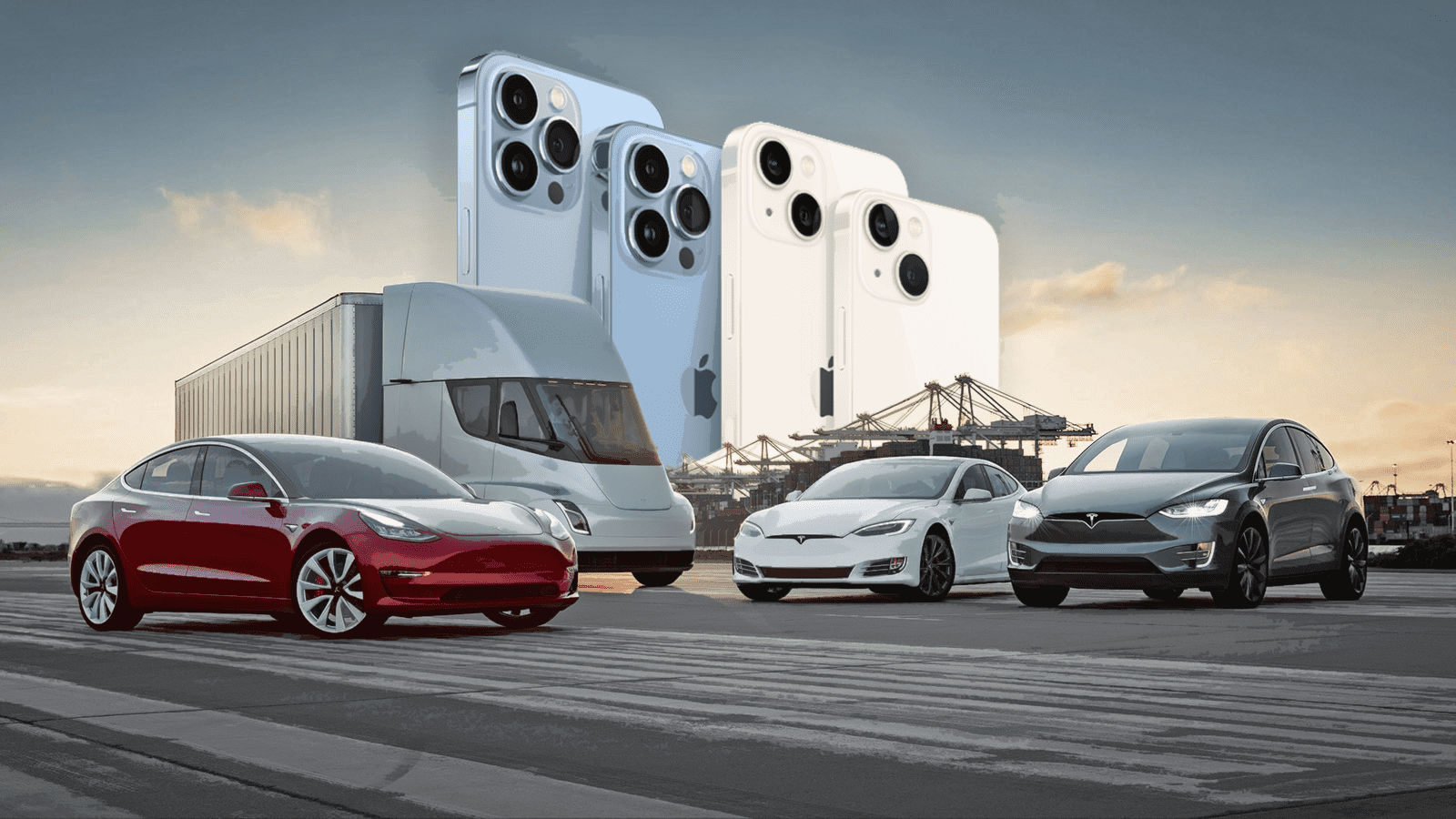

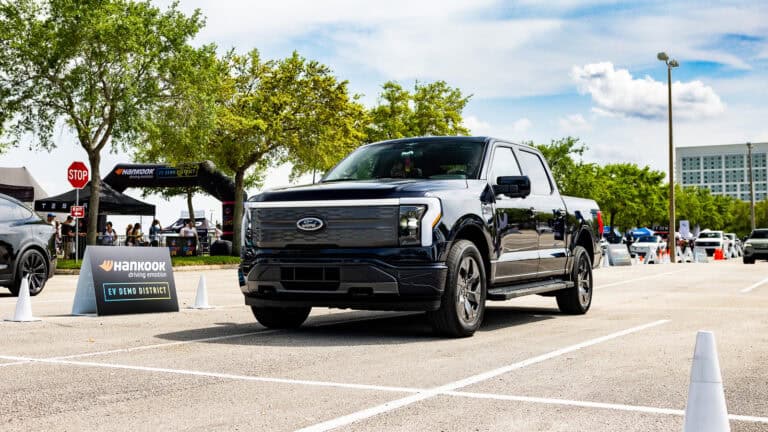
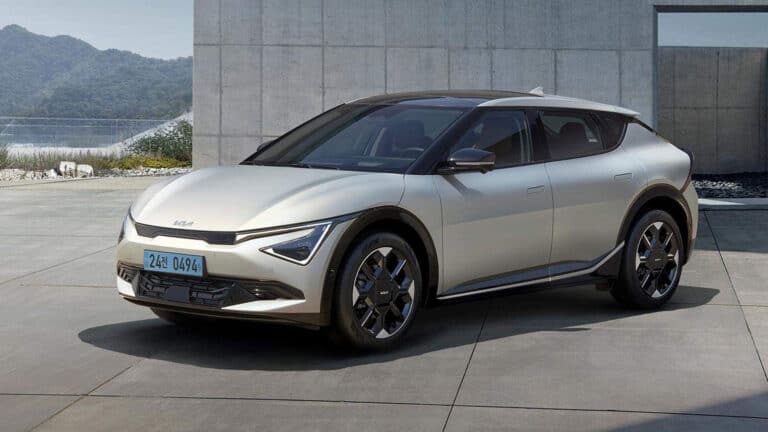
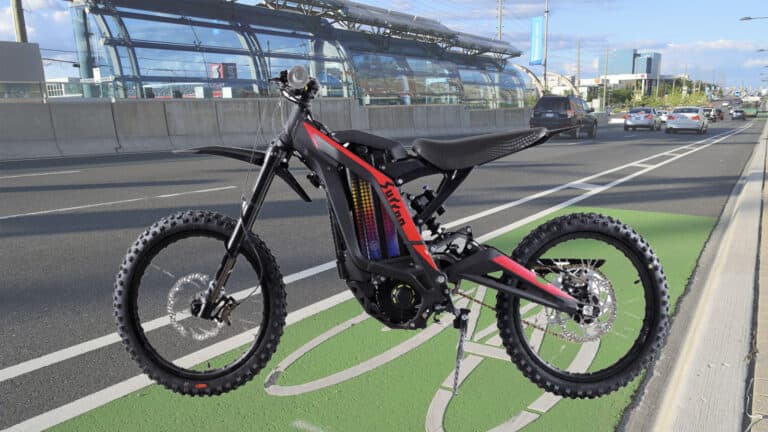










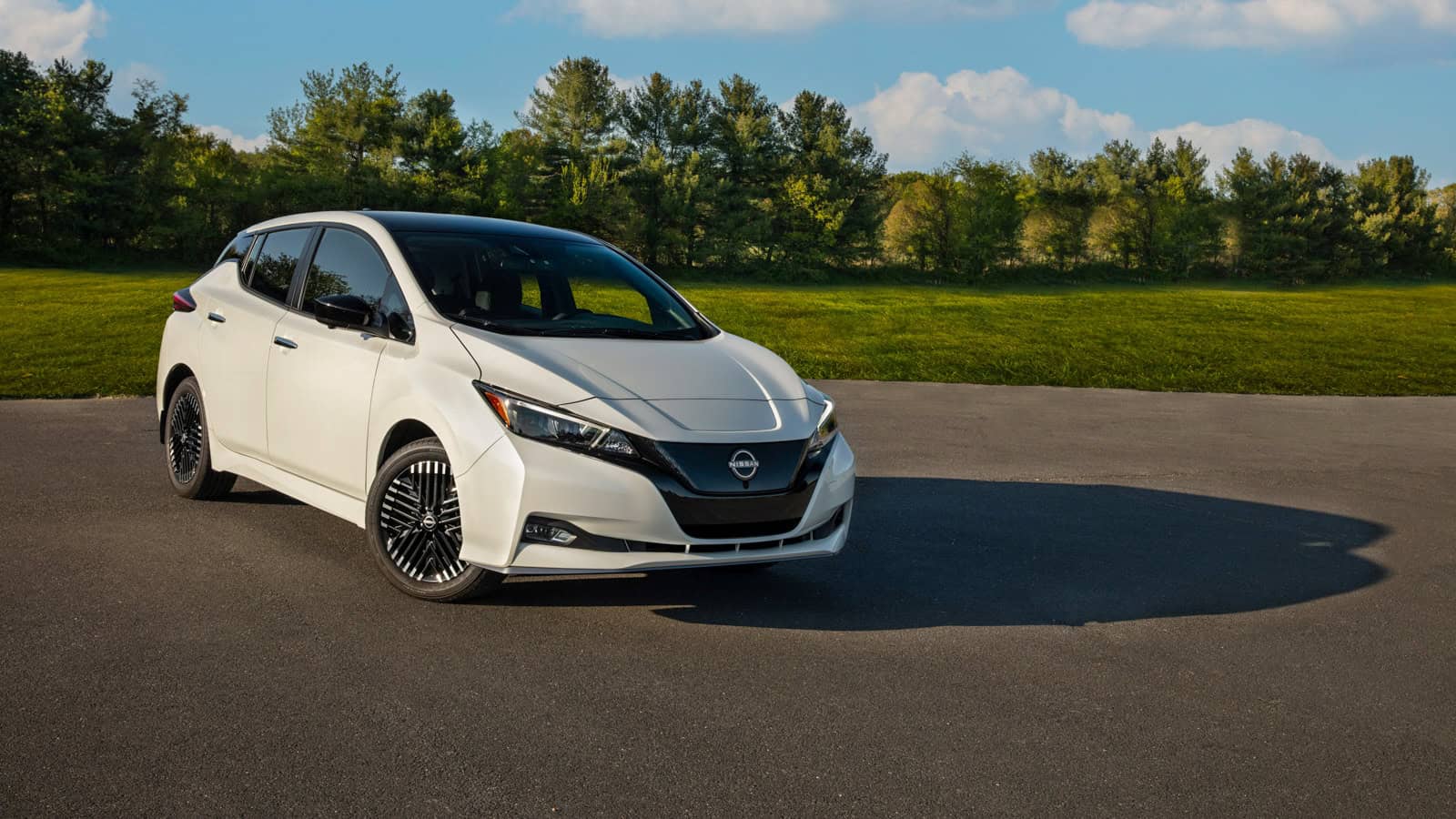
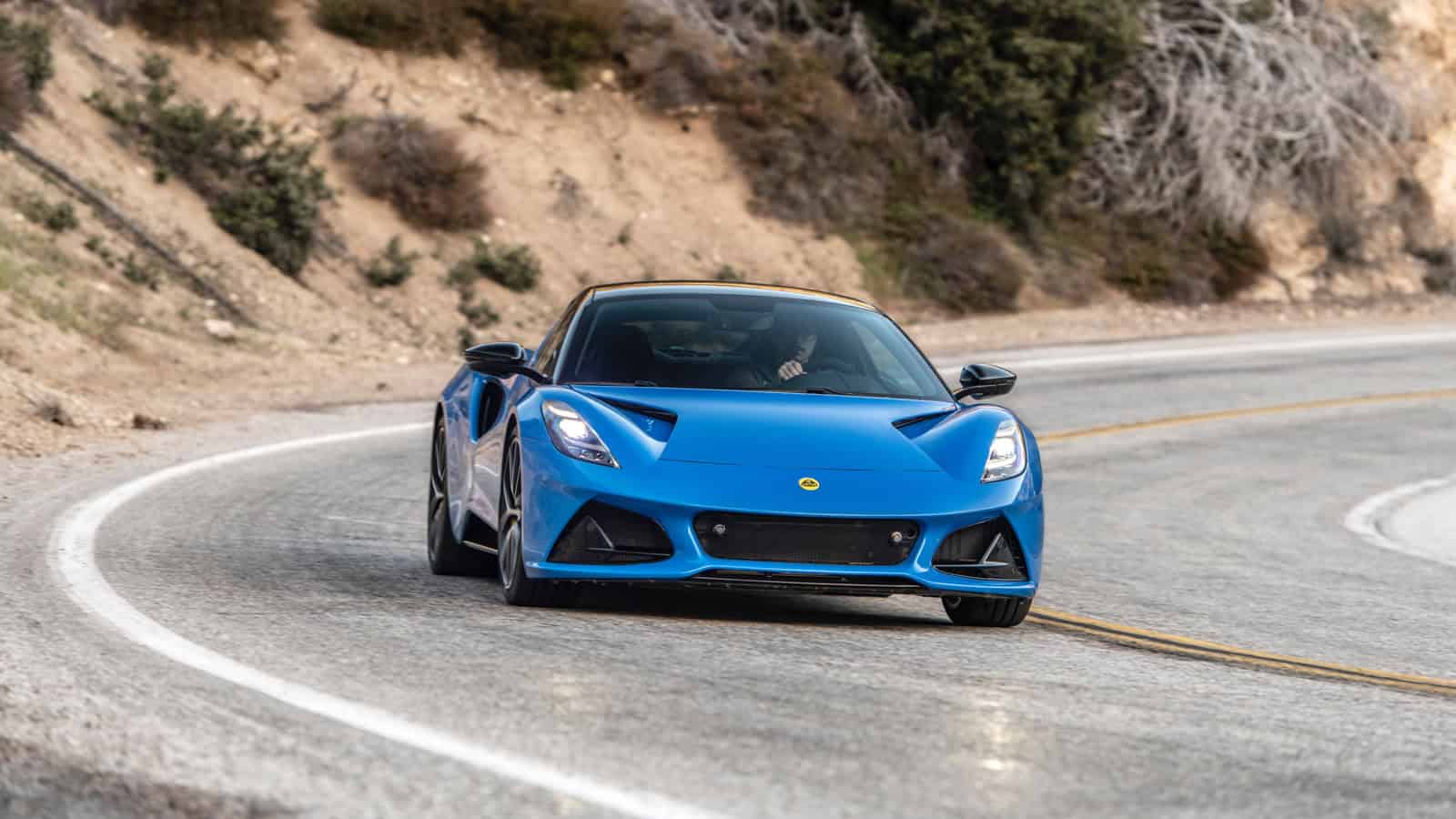
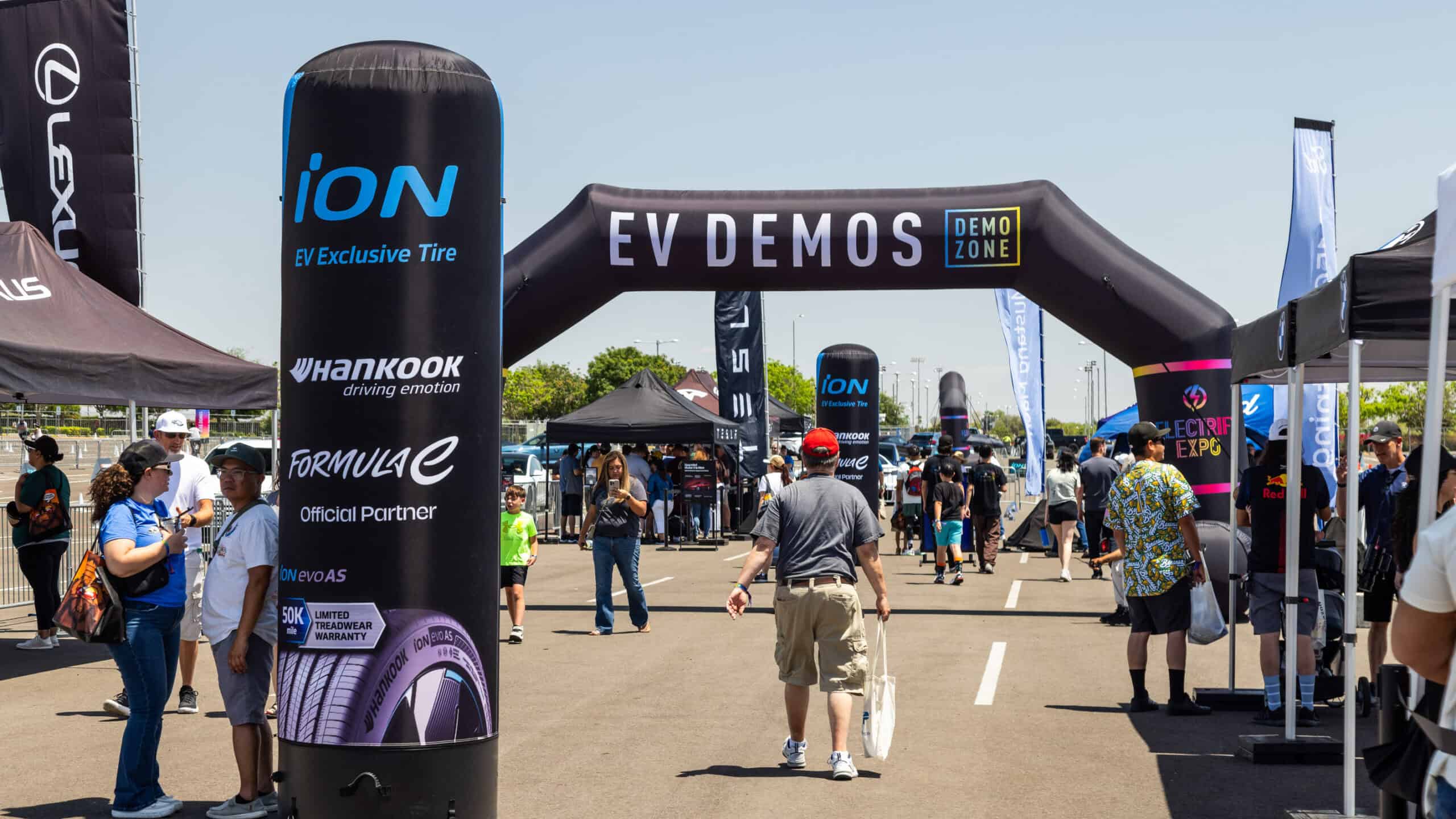
2 Responses